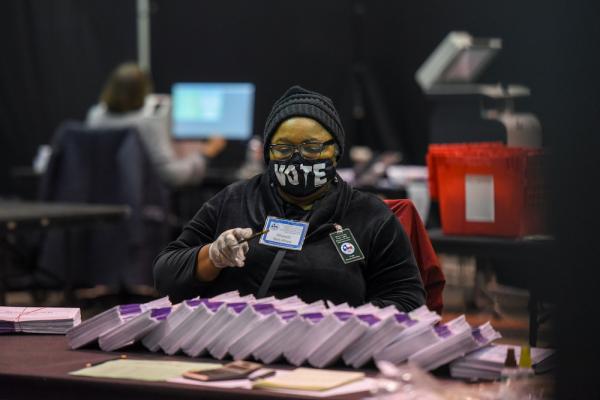Nov 3, 2020
Because of the COVID-19 pandemic, mail-in voting has increased drastically in the 2020 election. Of the almost 100 million votes cast before Election Day, nearly 64 million of those were mail-in ballots. Though states have different rules and methods for mail-in ballots, voters across the country encountered a new question this election: “How do I know my vote was counted?”
Read the Full Article

Already a subscriber? Login
